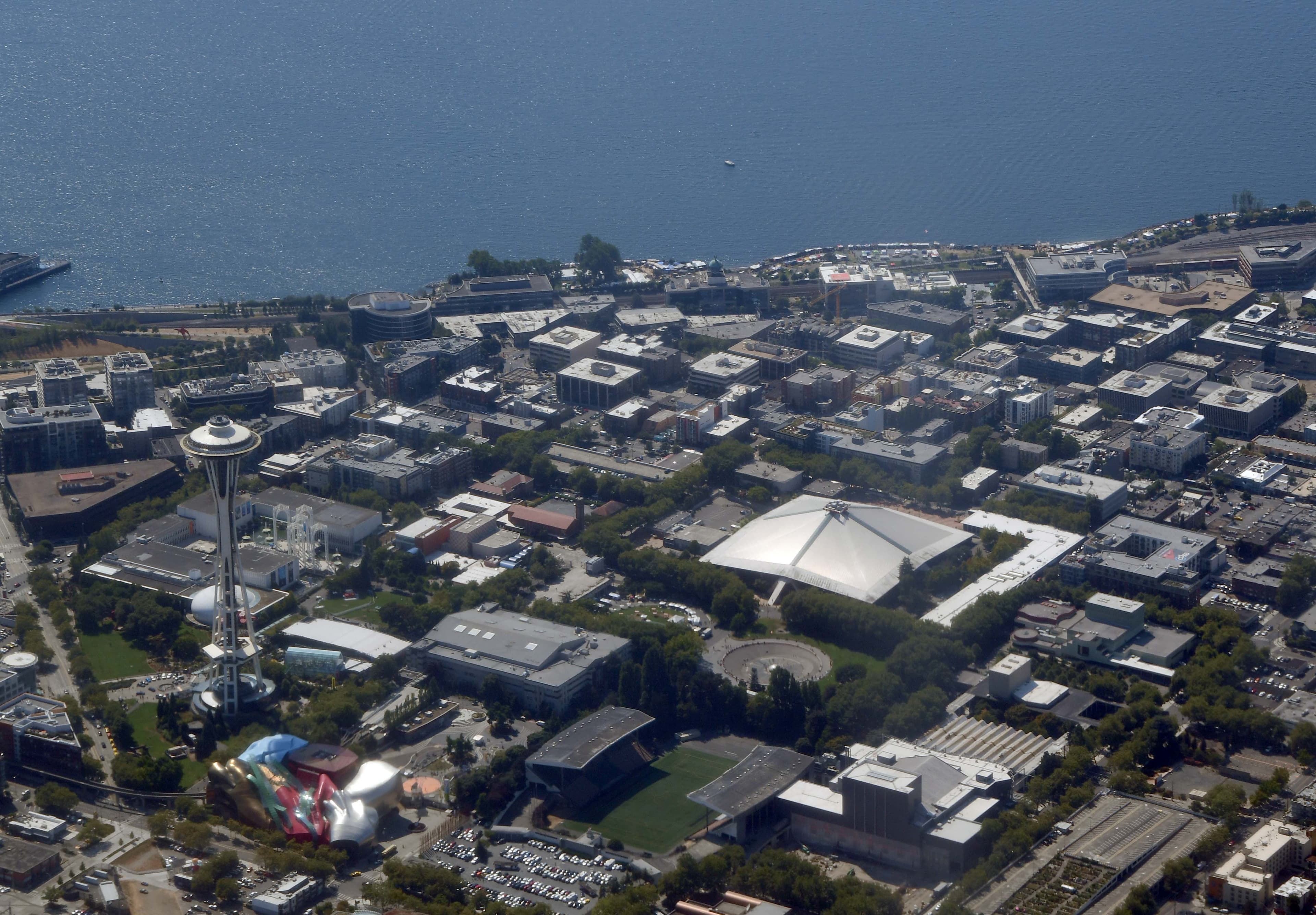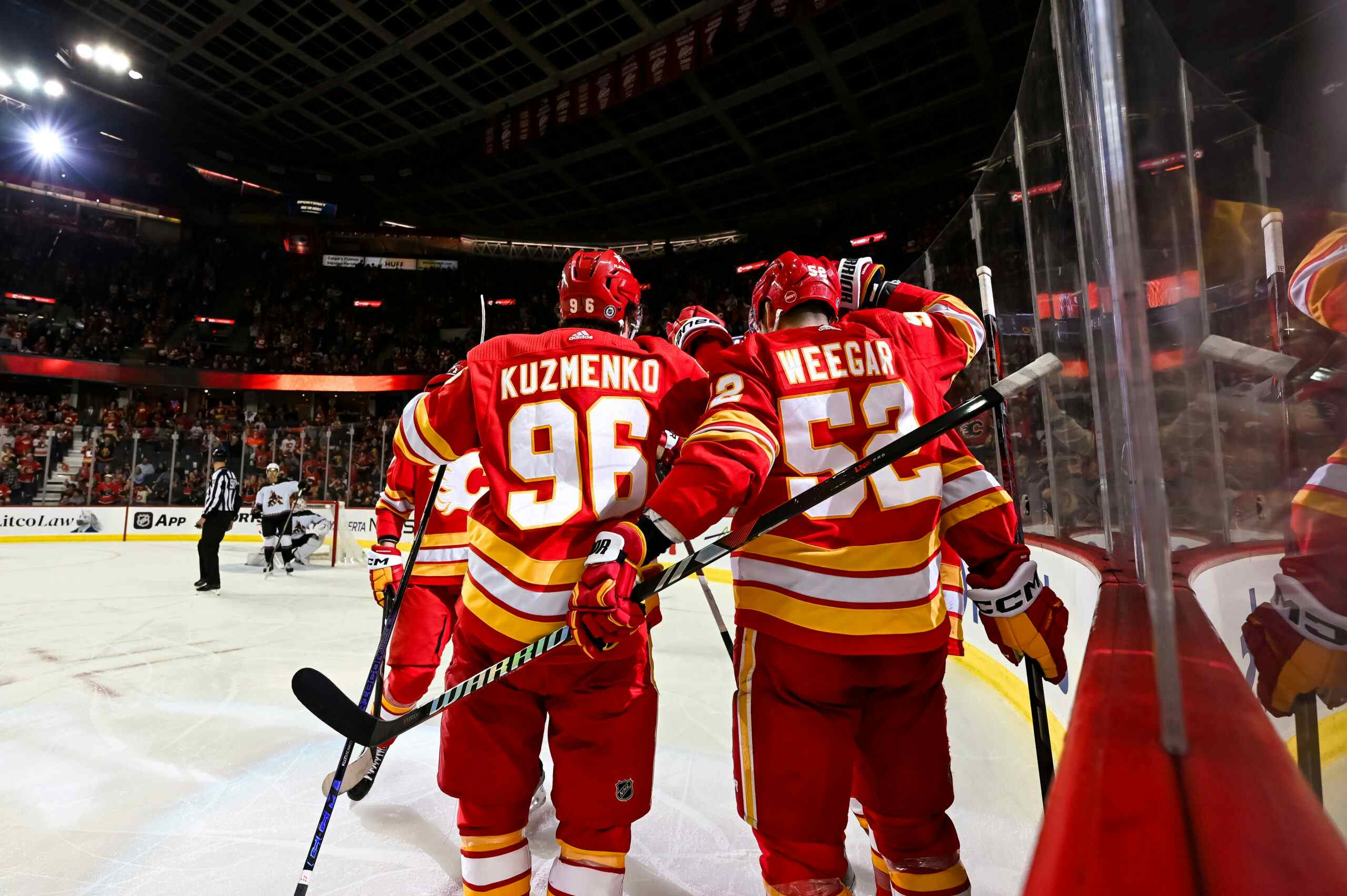Arena deals in Seattle and Long Island erode Flames’ negotiating leverage

By Ryan Pike
6 years agoThe Calgary Flames and the City of Calgary haven’t sat down to talk turkey about a new arena since late July. Following a September war of words between the Flames and mayor Naheed Nenshi – amidst a civic election campaign – things have gotten progressively worse for the Flames in terms of their negotiating leverage.
Since the regular season began in early October, Nenshi was re-elected following a campaign that often involved substantial discussions of a new Calgary arena, and two new arena deals have been struck involving current NHL franchises and potential expansion clubs. Both arena deals involved very minimal involvement of public money.
The City’s latest offer
The last offer presented by the City’s negotiators – not necessarily their final offer, just the last version of it – involved $130 million of public funding for the arena (plus $25 million to demolish the Saddledome and a valuation of the land at $30 million), $185 million from a ticket tax and $185 million in direct cash from the Flames.
The City would, eventually, get paid back for their contribution through an unspecified mechanism. If the City owned the arena, then the Flames would pay rent. If the Flames owned the arena, then the Flames would pay property tax.
The Flames’ last offer
The last offer presented by the Flames, and presented as the final offer, had the team paying $275 million and the City forking over $225 million via a Community Revitalization Levy.
There were some issues regarding the mechanisms, but this was what the Flames proposed.
Seattle’s deal
As finalized in a Memorandum of Understanding between the City of Seattle and the Oak View Group on Dec. 4, $600 million of private money will be poured into the city-owned Key Arena in downtown Seattle to modernize the old barn. Oak View Group will also be making other investments, including funds to offset traffic considerations and $20 million in charitable contributions to help battle homelessness in the Seattle area.
In the plan, OVG would commit $40 million to improve traffic, transportation and parking beyond any requirements stemming from a mandatory environmental impact review. The deal guarantees Seattle the revenue it currently gets from KeyArena, and includes a plan for sharing new money generated by the 55-year-old facility after renovation. [Seattle Times]
The final component is a big one. The lease agreement for Key Arena would be for 39 years, with extensions kicking in if the venue lands an NHL or NBA franchise – something that seems extremely likely these days. In essence, the City of Seattle gets the same revenue (or more) from an aging building that the WHL’s Seattle Thunderbirds vacated due to being a poor hockey venue, while Oak View gets to spruce up a downtown building without the challenges (financial or otherwise) of building one from scratch. Win-win.
Long Island’s deal
Nassau Coliseum was old and antiquated. Barclays Center isn’t a good venue for hockey, with poor sightlines and awful ice. So it’s great news that the New York Islanders have come to an agreement on a new building in Belmont Park in Queens, adjacent to the legendary horse-racing venue.
Even better? The terms of the deal with the State of New York.
$40 million rent over 49 years is basically a pittance – roughly $816,000 a year – and presumably there will be some other costs chipped in by the state in terms of increasing transit frequency. But the Islanders and their partners are putting up $1 billion for a new building on their terms in a great location, while the state gets increased tax revenue from development on land that was just sitting there. It sounds like another win-win.
The implications
The idea that public money needs to be involved in building NHL arenas is basically dead and buried at this point. If the Vegas Golden Knights’ shiny new home at T-Mobile Arena didn’t convince you, here are two additional examples. The Flames’ argument that “this is how these things are usually done” just doesn’t hold water.
The leases are arguably the most interesting part, especially Seattle’s. Guaranteeing the local government some revenue is smart, but effectively making them a partner in splitting up the additional revenue is a really smart way to keep Seattle’s city council engaged in making sure the project is successful over the long term.
Recent articles from Ryan Pike





